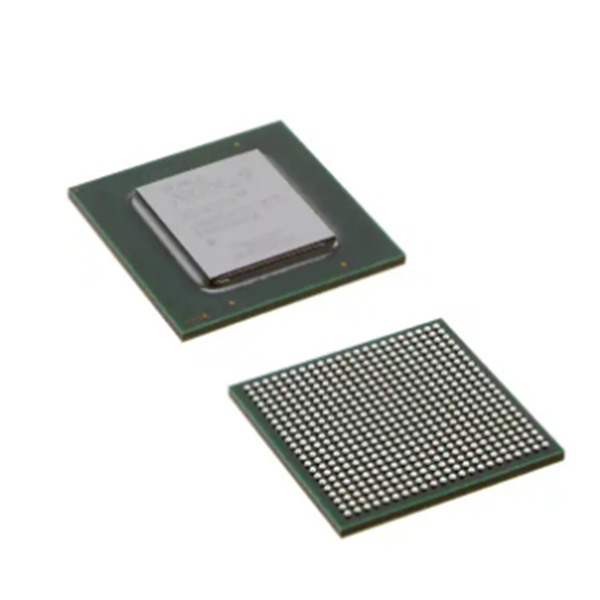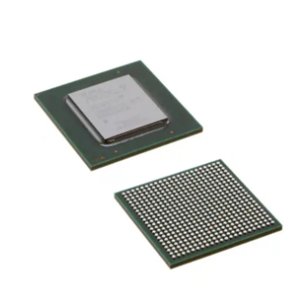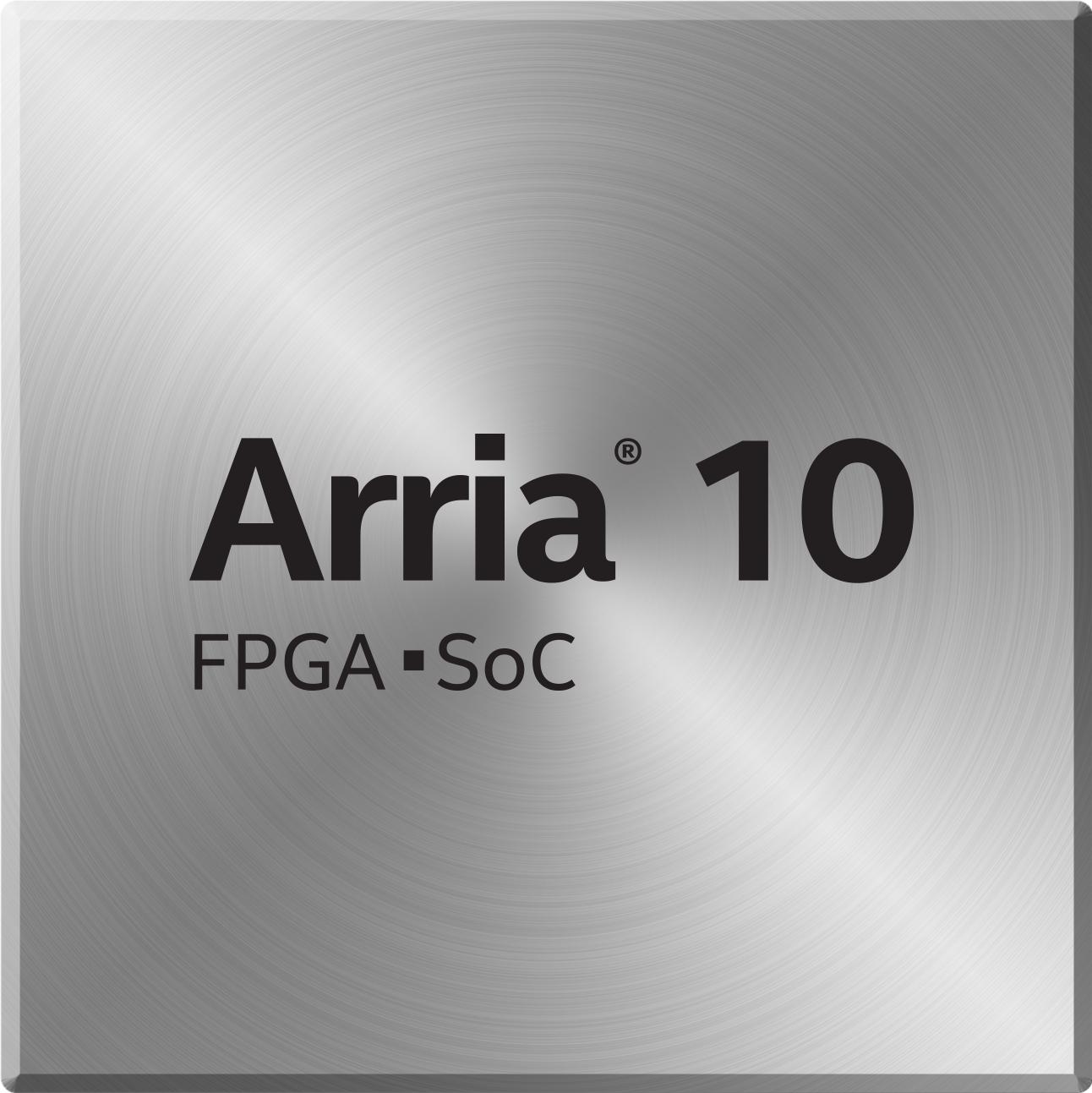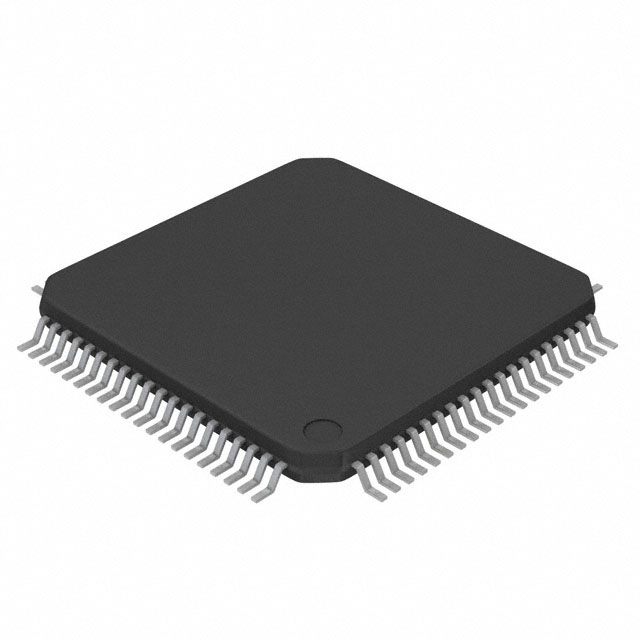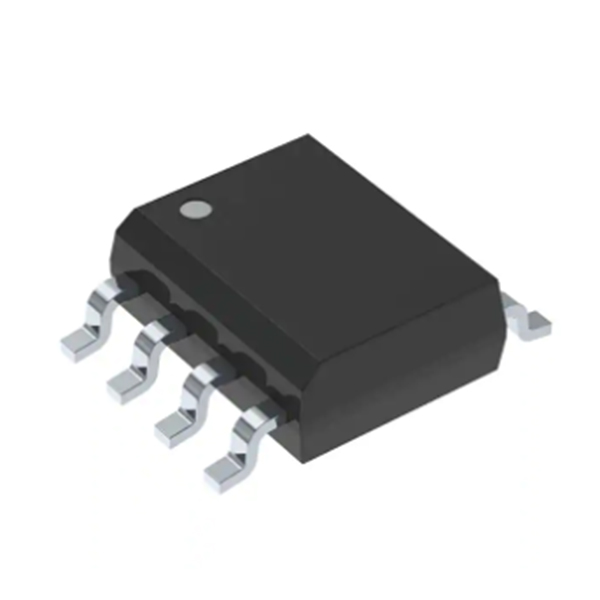Original Electronic Components ADS1112IDGSR Microcontrol XC7A200T-2FBG676C High Performance NC7SZ126M5X IC Chip Core Board Smd
Product Attributes
| TYPE | DESCRIPTION |
| Category | Integrated Circuits (ICs)Embedded |
| Mfr | AMD |
| Series | Artix-7 |
| Package | Tray |
| Product Status | Active |
| Number of LABs/CLBs | 16825 |
| Number of Logic Elements/Cells | 215360 |
| Total RAM Bits | 13455360 |
| Number of I/O | 400 |
| Voltage – Supply | 0.95V ~ 1.05V |
| Mounting Type | Surface Mount |
| Operating Temperature | 0°C ~ 85°C (TJ) |
| Package / Case | 676-BBGA, FCBGA |
| Supplier Device Package | 676-FCBGA (27×27) |
| Base Product Number | XC7A200 |
Documents & Media
| RESOURCE TYPE | LINK |
| Datasheets | Artix-7 FPGAs DatasheetArtix-7 FPGAs Brief |
| Product Training Modules | Powering Series 7 Xilinx FPGAs with TI Power Management Solutions |
| Environmental Information | Xiliinx RoHS CertXilinx REACH211 Cert |
| Featured Product | Artix®-7 FPGAUSB104 A7 Artix-7 FPGA Development Board |
| PCN Design/Specification | Cross-Ship Lead-Free Notice 31/Oct/2016Mult Dev Material Chg 16/Dec/2019 |
| Errata | XC7A100T/200T Errata |
Environmental & Export Classifications
| ATTRIBUTE | DESCRIPTION |
| RoHS Status | ROHS3 Compliant |
| Moisture Sensitivity Level (MSL) | 4 (72 Hours) |
| REACH Status | REACH Unaffected |
| ECCN | 3A991D |
| HTSUS | 8542.39.0001 |
What is an FPGA?
Field Programmable Gate Arrays (FPGAs) are semiconductor devices that are based around a matrix of configurable logic blocks (CLBs) connected via programmable interconnects. FPGAs can be reprogrammed to desired application or functionality requirements after manufacturing. This feature distinguishes FPGAs from Application Specific Integrated Circuits (ASICs), which are custom manufactured for specific design tasks. Although one-time programmable (OTP) FPGAs are available, the dominant types are SRAM based which can be reprogrammed as the design evolves.
What is the difference between an ASIC and an FPGA?
ASIC and FPGAs have different value propositions, and they must be carefully evaluated before choosing any one over the other. Information abounds that compares the two technologies. While FPGAs used to be selected for lower speed/complexity/volume designs in the past, today’s FPGAs easily push the 500 MHz performance barrier. With unprecedented logic density increases and a host of other features, such as embedded processors, DSP blocks, clocking, and high-speed serial at ever lower price points, FPGAs are a compelling proposition for almost any type of design.
FPGA Applications
Due to their programmable nature, FPGAs are an ideal fit for many different markets. As the industry leader, AMD provides comprehensive solutions consisting of FPGA devices, advanced software, and configurable, ready-to-use IP cores for markets and applications such as:
- Aerospace & Defense - Radiation-tolerant FPGAs along with intellectual property for image processing, waveform generation, and partial reconfiguration for SDRs.
- ASIC Prototyping - ASIC prototyping with FPGAs enables fast and accurate SoC system modeling and verification of embedded software
- Automotive - Automotive silicon and IP solutions for gateway and driver assistance systems, comfort, convenience, and in-vehicle infotainment. - Learn how AMD FPGA’s enable Automotive Systems
- Broadcast & Pro AV - Adapt to changing requirements faster and lengthen product life cycles with Broadcast Targeted Design Platforms and solutions for high-end professional broadcast systems.
- Consumer Electronics - Cost-effective solutions enabling next generation, full-featured consumer applications, such as converged handsets, digital flat panel displays, information appliances, home networking, and residential set top boxes.
- Data Center - Designed for high-bandwidth, low-latency servers, networking, and storage applications to bring higher value into cloud deployments.
- High Performance Computing and Data Storage - Solutions for Network Attached Storage (NAS), Storage Area Network (SAN), servers, and storage appliances.
- Industrial - AMD FPGAs and targeted design platforms for Industrial, Scientific and Medical (ISM) enable higher degrees of flexibility, faster time-to-market, and lower overall non-recurring engineering costs (NRE) for a wide range of applications such as industrial imaging and surveillance, industrial automation, and medical imaging equipment.
- Medical - For diagnostic, monitoring, and therapy applications, the Virtex FPGA and Spartan™ FPGA families can be used to meet a range of processing, display, and I/O interface requirements.
- Security – AMD offers solutions that meet the evolving needs of security applications, from access control to surveillance and safety systems.
- Video & Image Processing - AMD FPGAs and targeted design platforms enable higher degrees of flexibility, faster time-to-market, and lower overall non-recurring engineering costs (NRE) for a wide range of video and imaging applications.
- Wired Communications - End-to-end solutions for the Reprogrammable Networking Linecard Packet Processing, Framer/MAC, serial backplanes, and more
- Wireless Communications - RF, base band, connectivity, transport and networking solutions for wireless equipment, addressing standards such as WCDMA, HSDPA, WiMAX and others.






